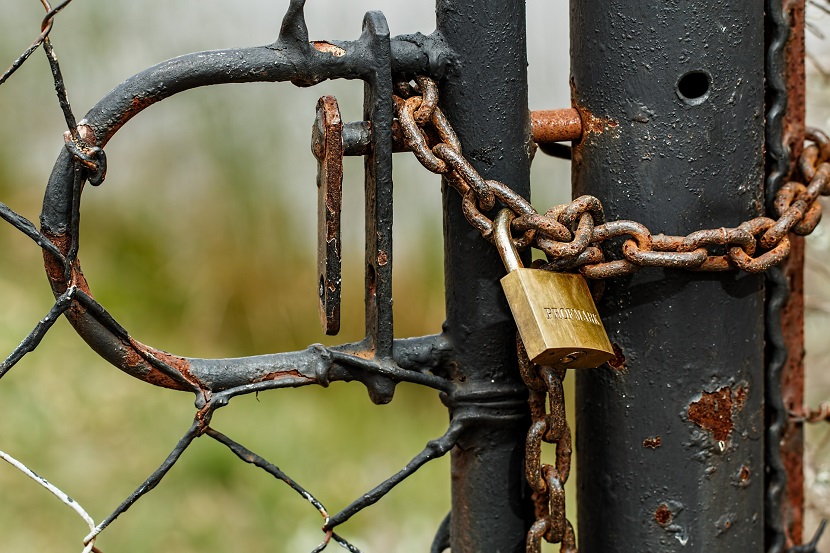“If you want zero risk in the plant, send everyone home and lock the gate.” — Industrial safety proverb
I don’t remember when I first heard it, but I know I’ve said it. Risk is inherent to the chemical enterprise. We can reduce it, but we cannot eliminate it entirely. Zero risk is not an option.
The rescue of a group of West Virginians from a shuttered coal mine highlights the fallacy in that industrial safety proverb. Even sending everyone home and locking the gate does not reduce the risk to zero. You don’t get to pick your trespassers.
The Rescue
Four West Virginians recently went into a coal mine that had not operated for two years, where they got lost. Their families believed they had gone in search of scrap copper. “The reason they’re in there is to get copper. A couple of years ago, it was up to almost $4 a pound. You could go into a mine and make $1000 a day.” In economically depressed West Virginia, a $1000 a day is an attractive lure.
After two days, one of them found his way out, and eventually showed rescuers where he and his three companions had entered the mine. Two days later the rescuers found the three, two women and a man, and led them out, shaken but whole.
Once out of the hospital, each denied that they were in the mine to salvage copper, or as the local police described it, “to steal copper wiring.” Instead, they said they were simply exploring. “We went in there to have fun.”
Nonetheless, the Raleigh County Sheriff’s office was quick to point out that entering a closed mine is illegal, regardless of the reason. The rescued adventurers were barely out of the mine before a criminal investigation began, no doubt prompted by early speculation that the rescue mission could cost as much as $1 million.
Mothball or Demolish?
In her blog entitled “Abandon-in-Place or Decommission?”, my colleague Kayla Whelehon said “abandoning equipment in place…has its advocates due to its more cost-effective nature, and the hope that ‘we may use it again,’ but most safety professionals argue that decommissioning equipment is a safer and much sounder option in the long run.”
If it is cost-effective to abandon equipment in place, imagine how much more tempting it is to abandon whole facilities in place, to mothball them. There is always the hope that “we may use it again,” and proper demolition requires decontaminating, dismantling, and disposing of the equipment.
When a plant is abandoned-in-place, it should not be literally abandoned. If there is to be any hope of starting up again, resources must be devoted to routine maintenance and security. Otherwise, the plant will be useless any way, either because of vandalism or the steady deterioration with time.
Protecting the Public
There is also a duty to the public. Whether or not the plant is operating, or there is a lock on the gate, plant owners have a duty to protect them from hazards of the abandoned facility, even if they are trespassing.
When an owner knows a trespasser is on the property, the owner must protect that trespasser from dangerous conditions the owner knows of, but which would be unknown to the trespasser. Think confined spaces, residual chemicals, or corroded safety barriers.
Attorneys McCune-Wright-Arevalo state that even when the property owner “did not know of a specific trespasser on the land but had reason to know that trespassing was frequent—say through left behind beer bottles or a worn path leading across the owner’s property to a beach—the owner also owes a legal duty to those trespassers to protect them from certain dangers on the land that could injure them.”
Protecting Children
When the trespasser is a child, the law is much stricter. The legal doctrine of attractive nuisance holds that property owners are liable for injuries to children trespassing if the injury is caused by an object, structure, or condition that is likely to attract children. You probably heard of this first in regard to swimming pools, but it can be applied to anything on the property. If a coal mine is attractive to four adults who just “want to have fun,” imagine how attractive an abandoned chemical facility will be to children.
You Don’t Get to Pick Your Trespassers
When you contemplate shuttering a process facility, consider the hazards that will remain, even after you “send everyone home and lock the gate.” The responsibilities for process safety do not end just because the process is no longer running. When you follow the management of change (MOC) procedure on your idled plant, make sure you have identified and addressed the hazards that remain. You don’t get to pick your trespas
